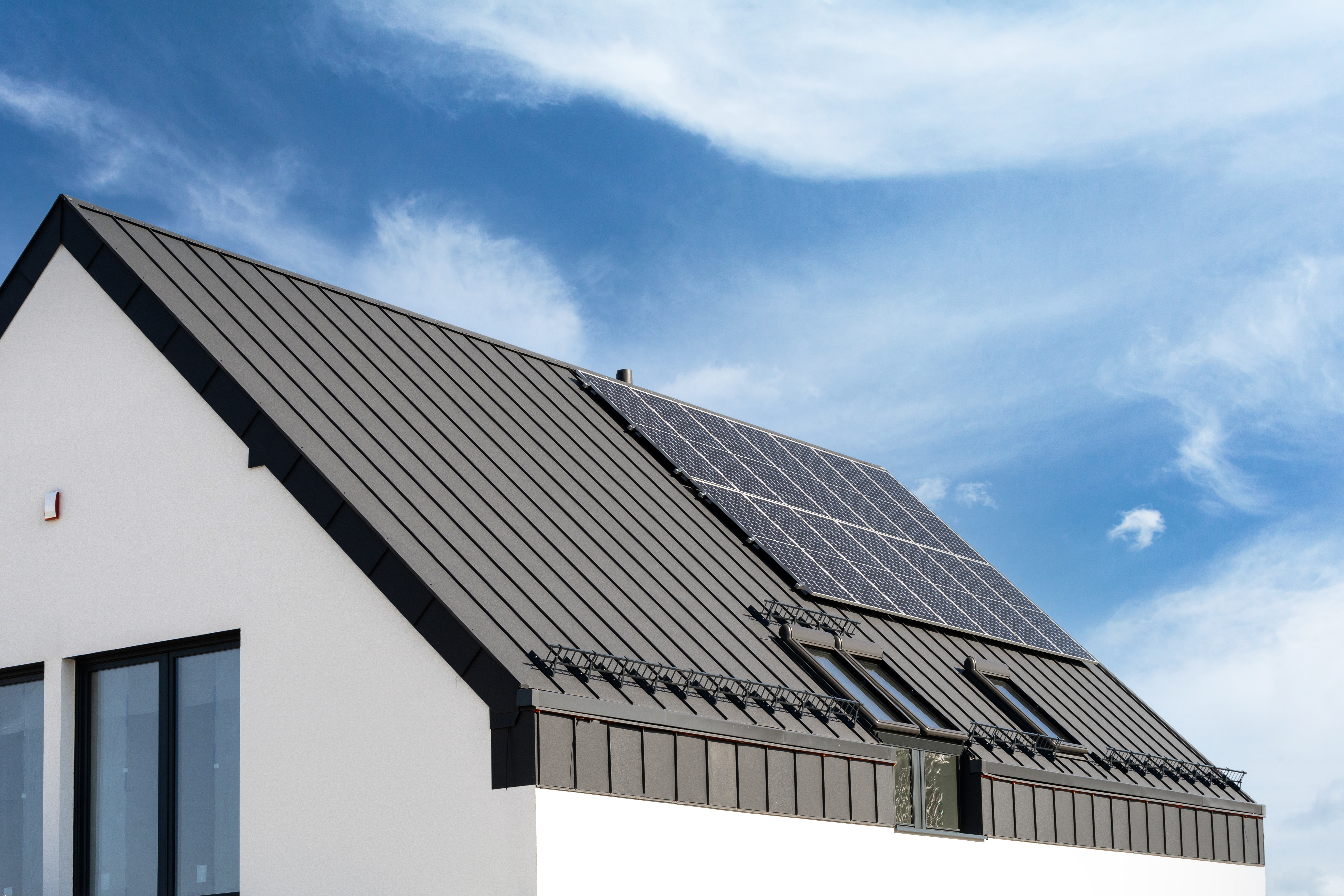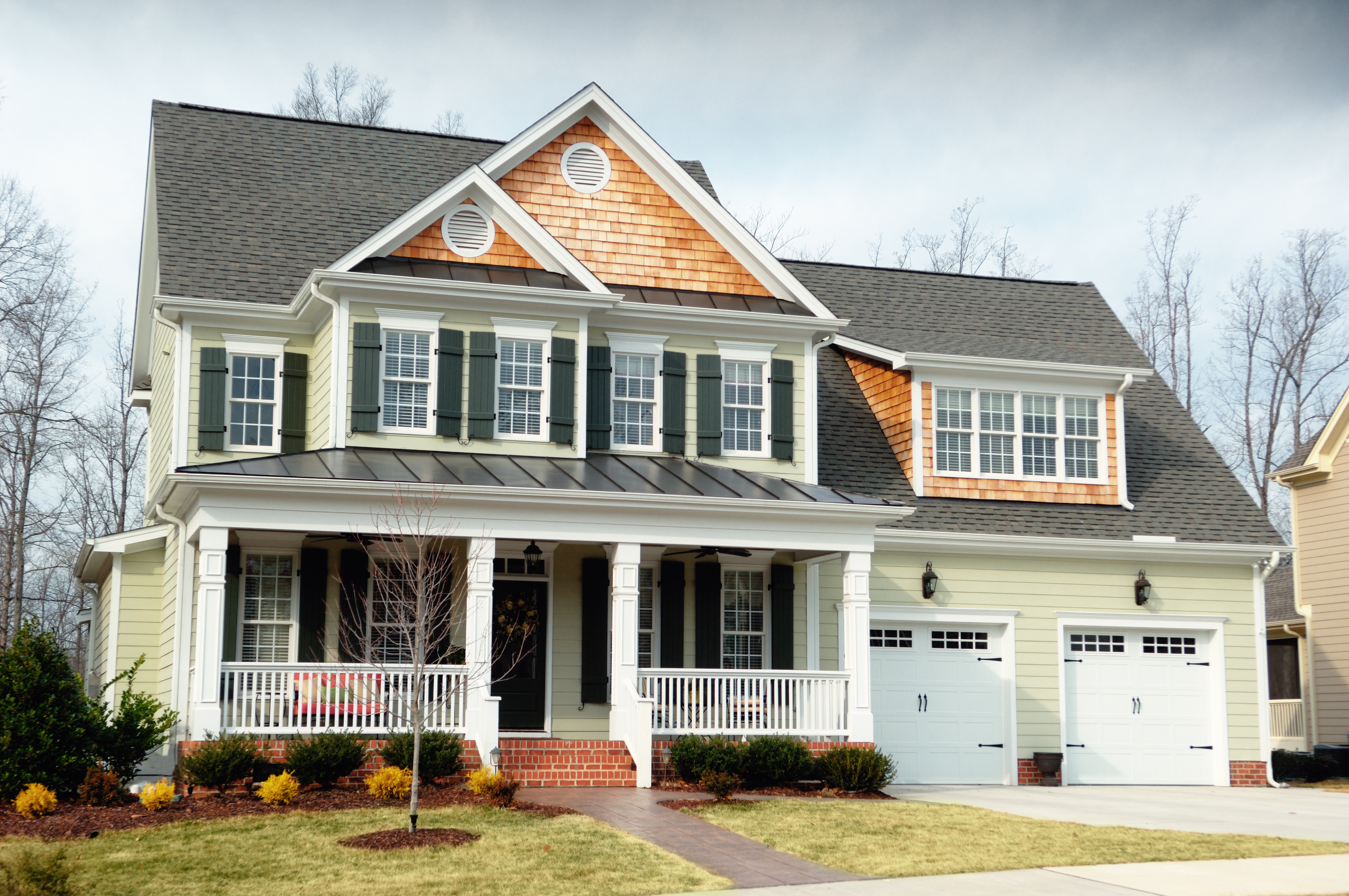
A metal roof can defend your home against Ohio’s varying weather conditions. Learn how much a metal roof costs in Columbus, OH.
Expect a long lifespan but frequent maintenance


A spray foam roof can outlast many other flat roof options, but just how long does a spray foam roof last? In this guide, we’ll discuss the average lifespan, factors that affect longevity, and maintenance tips for getting the most value possible from your spray foam roof.
A spray foam roof lasts between 25 and 30 years, on average, although getting this lifespan from yours will require routine inspections and repairs. In areas that see severe weather, this comparatively delicate flat roofing option may only last 10 to 15 years, much like single-ply roofing options like TPO and EPDM.
There are a few key factors that will determine how long a spray foam roof lasts, so consider all of the following things to get an accurate estimate for your roof’s longevity.
Spray foam roofs consist of a thick layer of spray foam topped with two layers of silicone and granules that add texture and protection. The spray foam is a delicate material that will degrade quickly with exposure to UV radiation and isn’t waterproof, so roof longevity will depend largely on how well the silicone layers stand up.
If you live in an area that sees extreme weather, including hail and severe winds that can blow debris onto your roof, you’re likely to see a lifespan of just 10 to 15 years. If you live in a moderate climate, where your spray foam roof doesn’t see much physical wear and tear, your roof can last for up to 30 years.
Those silicone layers will also degrade over time with exposure to foot traffic, so physical wear from regular roof access can limit the lifespan. If you have a spray foam roof, avoid walking on it as much as possible to reduce the risk of damage.
Spray foam roofs require more regular maintenance and repairs to ensure the protective silicone doesn’t sustain damage. Annual roof inspections, one-off inspections after severe weather, and regular repairs will help extend the life of your roof and allow you to get up to 30 years of life out of it.
There are a few issues you should look out for that can help you determine when it’s time for a spray foam roof replacement.
Visible damage: If you have a spray foam roof, you should conduct routine inspections once every three to four months to check for damage. Look for gouges in the surface or areas where the roof grit is worn away.
Water stains inside your building: Water stains on the ceiling on the top floor of your building are a clear indication that you have a roof leak. Call a local roofing company to assess the issue and help you decide if you need a repair or a full replacement.
High heating and cooling bills: One benefit of spray foam roofing is that the material is highly insulative. Unusually high heating or cooling bills could indicate that your roof is compromised.
Severe weather: Spray foam roofs are most likely to be damaged by impact. If you experience a hailstorm, hurricane, tropical storm, or tornado, it's a good idea to carry out a DIY roof inspection, as these can all lead to roof issues.
Spray foam roofs require more attention than most other types of flat roofs, but keeping up with maintenance can do wonders for extending your roof’s longevity. There are a few important things you should add to your roof maintenance checklist.
Regular inspections: Scheduling a spray foam roof inspection one to two times a year is the best way to identify problems and address them before they lead to major property damage.
Routine maintenance: Spray foam roofs may last for many years without the need for repairs in moderate climates, but be sure to keep up with any repairs your roof inspector recommends. Addressing problems quickly will help extend the life of your roof and reduce the risk of water damage in your building.
Resealing after damage: Finally, routine resealing will help maintain the protective silicone layer over your spray foam roof and prevent damage to the more delicate foam layer below.
Most roofing companies provide a warranty for spray foam roofs that lasts for 10 to 15 years. The terms of the warranty vary, but most will ensure a lack of roof leaks and good roof performance under normal conditions. Things like severe weather and impact from fallen tree limbs or blown debris are typically not covered. Check the terms of your spray foam roof warranty to see if the issue you’re experiencing is covered. If not, your homeowner’s insurance may kick in to cover replacement or repair costs.
Repairing a spray foam roof costs an average of $600, while a full roof replacement costs an average of $6,000. If your roof is nearing the end of its life anyway, a replacement will be more cost-effective than a repair. Spray foam roofs are relatively simple and inexpensive to repair, though, so in all other cases, repairs will be more affordable.
From average costs to expert advice, get all the answers you need to get your job done.

A metal roof can defend your home against Ohio’s varying weather conditions. Learn how much a metal roof costs in Columbus, OH.

Dealing with a visibly damaged roof or leak? Learn about roof repair costs in Columbus to see how much you’ll need to budget for a permanent solution.

Learn about roof replacement costs in Columbus and what factors are at play to budget accurately and make sure you’re getting a fair price.

Do roof vents work? Is roof ventilation necessary? Can I have too much ventilation? Here are the top 11 myths about roof vents and the real answers you deserve.

Dreaming of a tile roof but not in love with how expensive clay tiles are? Concrete tile roof costs are much lower, but you still get that classic look.

Homeowners can fill a gap between their roof and wall with sealant or wire mesh. Here are three steps to help you get the project done safely.